Waymo says it knows the way to San Jose as it puts driverless taxis on the freeway in Silicon Valley. The initiative beat out arch-rival Tesla, which just promised to pay Elon Musk billions to expand its robotaxi business. Headlight.News has more.
As the robotaxi war escalates, Waymo, Alphabet’s self-driving subsidiary, said this week it is preparing to take a major step forward, putting its self-driving vehicles on the open road between three different U.S. cities, according to an announcement by the company this week.
Until now, Waymo robotaxis – like those of rivals, such as Tesla – could only operate at relatively low speeds in carefully defined urban areas.
The announcement comes as rival Tesla is vowing to step up its own effort to expand robotaxi operations across the United States. Tesla’s robotaxi rollout is a critical part of the $1 trillion incentive package Tesla shareholders this month awarded CEO Elon Musk. He has promised for months that Tesla is destined to win the robotaxi race.
Waymo, Tesla go head-to-head
Waymo, however, isn’t backing down and plans to rapidly expand its services in the San Francisco area and Silicon Valley.
“The open road symbolizes freedom and unlimited possibility – highlighted especially by the ease and speed by which freeways allow us to get where we’re going. Waymo is now bringing that experience into the autonomous driving age, as we begin welcoming riders to use Waymo on freeways across the San Francisco Bay Area, Phoenix, and Los Angeles,” the company said.
As part of the expanded service, Waymo is opening access throughout Silicon Valley, expanding service from San Francisco all the way down to San Jose, including curbside service at San Jose Mineta International Airport (SJC).
Building on experience
Waymo is just one of several companies looking for opportunities to turn robotaxis into a mega-billion-dollar business. But it has so far been the most successful, with continuous operations in a number of cities around the country. It has laid out plans to grow its network over the coming year.
“Expanding our service territory in the Bay Area and introducing freeways is built on real-world performance and millions of miles logged on freeways, in Phoenix, San Francisco, and Los Angeles,” according to a press release posted by Waymo
“This experience, reinforced by comprehensive testing as well as extensive operational preparation, supports the delivery of a safe and reliable service. We’ve also closely collaborated with safety officials, to seamlessly support this new phase of service,” the Waymo release noted.
More Robotaxi News
- Tesla Rolls Out its First Robotaxis
- Feds Examine Reports Tesla Robotaxis Violate Traffic Laws
- Lyft Getting into Robotaxi Market
Filling in the gaps
Waymo said adding freeway service comes as part of the company’s commitment to “safety and service excellence.” The freeway trips make Waymo more convenient for travel to destinations such as Phoenix’s Sky Harbor International Airport, cruising from Downtown LA to Culver City, or commuting throughout the San Francisco Bay Area.
Wired Magazine noted back in 2009 Alphabet, then known as Google, had its engineers focused on highways by sending its sensor-laden vehicles cruising down Interstate 280, which runs down the peninsula between San Francisco and San Jose.
The new service marks another technical leap for Waymo, whose robotaxis currently serve five U.S. metros: Atlanta, Austin, Los Angeles, Phoenix, and the San Francisco Bay Area. The company says it will launch in several other American markets next year, including Dallas, Miami, Nashville, Las Vegas, Detroit, as well as in London.
Robo-wars

Data collected by the National Highway Traffic Safety Administration shows a higher crash rate involving Tesla robotaxis compared to Waymo.
Waymo’s latest announcement comes as the race to put automated robotaxis on the road is beginning to heat up. While other players, including ride-sharing giant Uber, are getting into the game, the biggest challenge appears to be coming from Tesla which only launched robotaxi operations in Austin this past June.
While it has expanded its service area since then it has also been involved in at least four reported crashes through the end of October. That is a substantially higher crash rate compared to Waymo, based on data from the National Highway Traffic Safety Administration – about one crash for every 62,500 miles traveled for Tesla compared to one every 98,600 miles for Waymo.
What is concerning, safety experts have noted, is that Waymo vehicles operate fully autonomously while Tesla’s robotaxis are still using human “safety monitors” who are supposed to step in when the Level 4 technology appears likely to fail.
Musk’s fortunes depend on Tesla catching up
The promise to deliver one million fully functional robotaxis on the road over the next decade is a key part of the trillion-dollar pay package shareholders approved for Elon Musk last week.
Additional targets for Musk require Tesla to deliver 20 million of its EVs over the next decade, sell 1 million robots and earn as much as $400 billion in core profits. Tesla’s stock value also has to rise in tandem, first to $2 trillion from the current $1.5 trillion, and all the way to $8.5 trillion in a decade.
Achieving each step including the Robotaxi goal rewards Musk 1% of the company’s stock. If Musk hits all of his goals, he would be eligible for 12% in stock, or about $1 trillion.

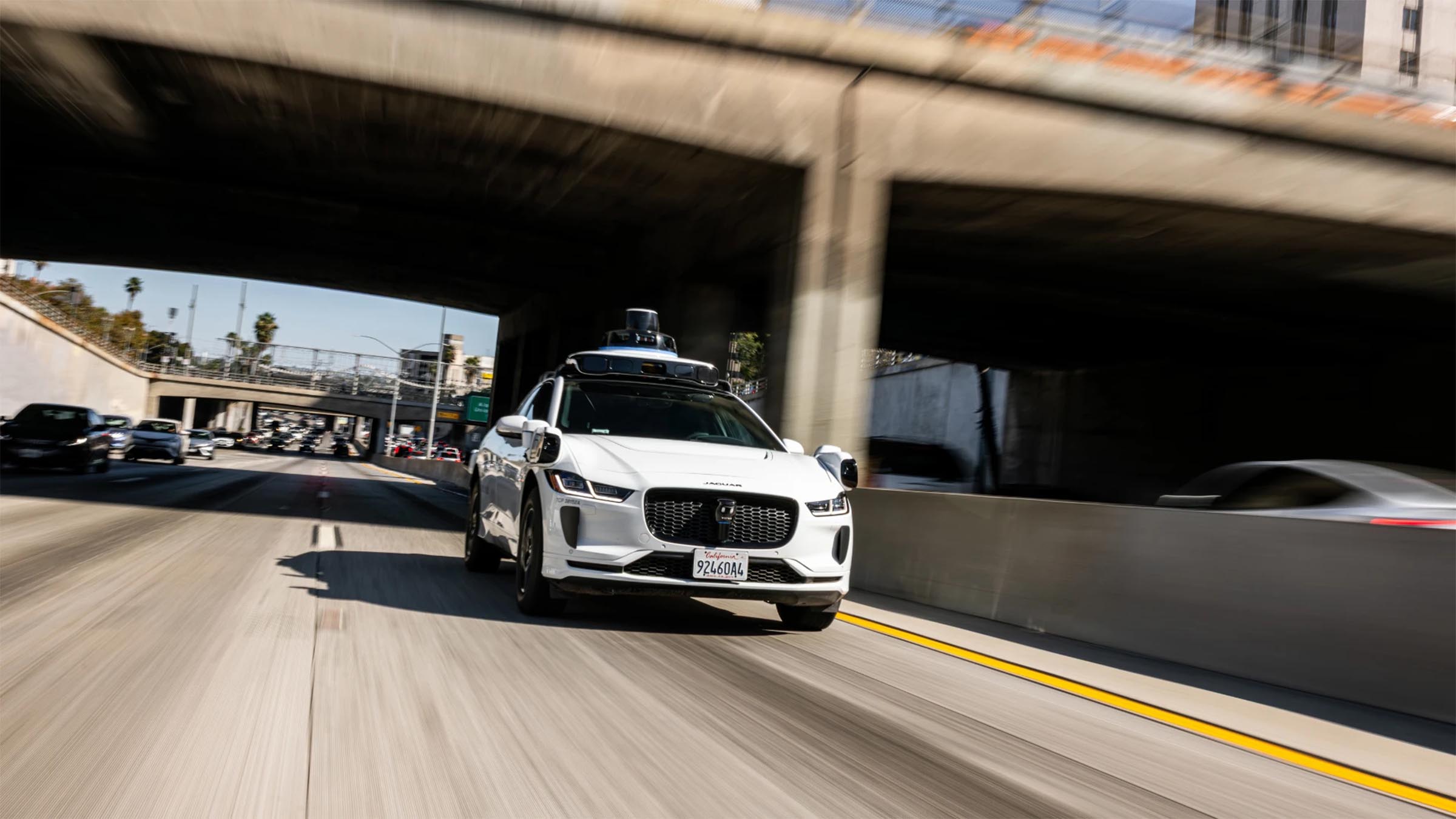
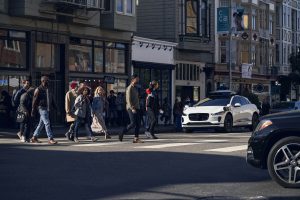
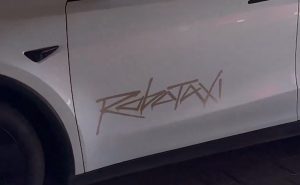
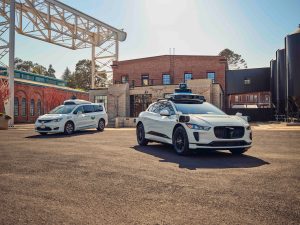


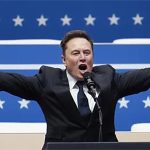
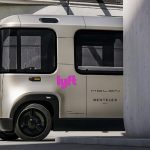
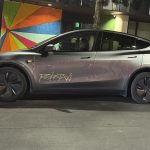
0 Comments